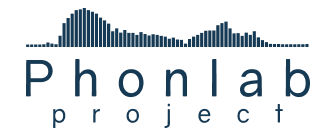-
Lead institutionUniversity of Évora
The University of Évora (UE) is a public University organized in 5 Schools: Arts, Sciences and Technology, Social Sciences, Health and human development and Nursing. Research and Development (R&D) covers several scientific areas through a network of 18 Research Units, all of them submitted to international evaluation under the coordination of the Institute for Research and Advanced Studies. The UE has established 8 Chairs in areas of excellence (Biodiversity, Renewable Energies, Heritage, Health, Aerospace and HPC), and has several research infrastructures in agronomy, biodiversity, environment, computer sciences, business studies and entrepreneurship, aerospace engineering, solar energy and heritage. The main R&D areas are: Geophysics; Landscaping; Materials and Surface Science; Economics; Social and Political Sciences, History, History of Art, Science and Cultures; Applied Mathematics; Education; Linguistics and Literature; Elderly Healthcare. The 255 running R&D projects are developed through national and international partnerships, such as ERASMUS+, LIFE, H2020, PT2020, Alentejo2020 or private sponsorship. Over the last years the University has fostered a close link with the community, which is also of the utmost importance for this project. Such interaction has been possible through the creation of working networks, the participation in the Science and Technology Park as well as through the establishment of protocols and co-promotion research projects.
-
Participating institutionUniversity of Coimbra
The University of Coimbra (UC) is a public higher education institution founded in 1290. It comprises 12 research and education units: the Faculties of Law, Medicine, Arts and Humanities, Pharmacy, Economics, Sciences and Technology, Psychology and Education Sciences, Sport Sciences and Physical Education; the Institute for Interdisciplinary Research, the Institute of Nuclear Sciences Applied to Health, the European Judicial University Court and the College of Arts. There are also units supporting cultural, training and education activities, such as the University Stadium or the Botanical Garden. The mission of UC comprises three pillars: Education, Research and Knowledge Transfer. UC was classified as World Heritage by the UNESCO in 2013 and it holds several UNESCO chairs. Regarding education, UC offers 35 undergraduate degrees, 123 master degrees and 69 doctorates. In 2018/2019, 222 PhD thesis where concluded. UC has 38 centres of pure and applied research that are responsible for the production of knowledge in several scientific fields, bringing together around 1800 researchers. A number of these centres are leaders in their areas, regularly evaluated by international panels. Concerning knowledge transfer, UC deepens the innovation policy through INOV.C, an Innovation Ecosystem that comprises more than 500 partners. Spin-offs such as Luzitin, LaserLeap, InEye, TreatU, Active Aerogels, demonstrate this innovation environment.
-
Collaborating institutionStockholm University
Stockholm University (SU) was founded in 1878 with the ambition to reinvent higher education in Sweden. Education and research are closely linked at the University, which is one of Sweden’s largest establishments of higher education with 30,000 students and 5,000 employees. SU has over 65 departments and 15 research institutes and centres, and offers 75 master’s programmes and 3 bachelor’s programmes taught in English within science, the humanities, social sciences and law, along with Swedish language programmes for foreign students and researchers. Research in the Humanities is particularly strong at SU where advanced technical facilities were created to serve the fundamental research carried out within the Faculty of Humanities. The Department of Linguistics hosts both the Phonetics Laboratory and SU Brain Imaging Centre, two internationally unique human research facilities that offer cutting-edge technology. Linguists and phoneticians of the Linguistics Department use these facilities to investigate the human communication process from a wide range of articulatory, acoustic, perceptual, developmental, neuronal and pragmatic perspectives. Four Nobel Laureates in Chemistry, and the appointment of the world’s first female professor of Mathematics in 1889, mark the university’s proud history. SU researchers participate as experts in scientific and public international bodies; most prominently as members of the Nobel Prize committees who select the Nobel Prize winners each year.
PARTNERS
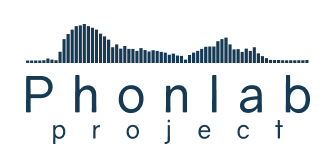
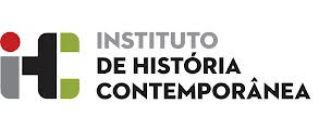
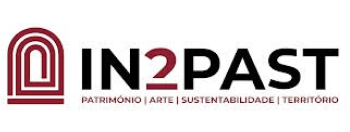
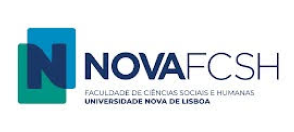
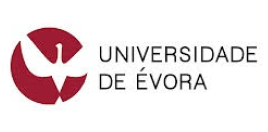
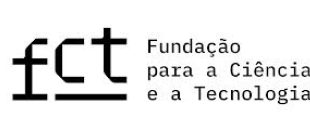

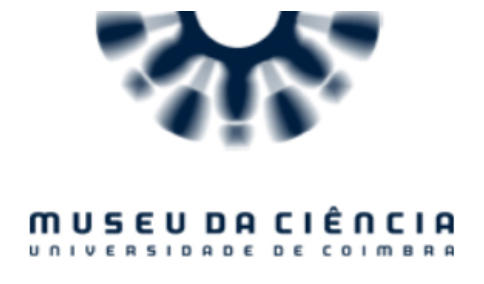
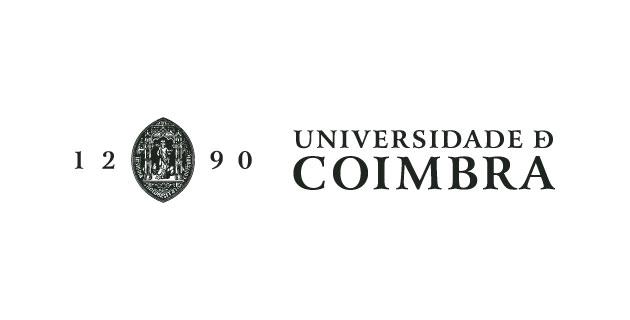


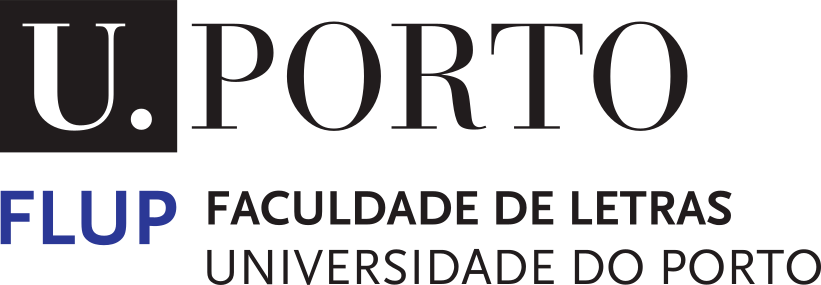
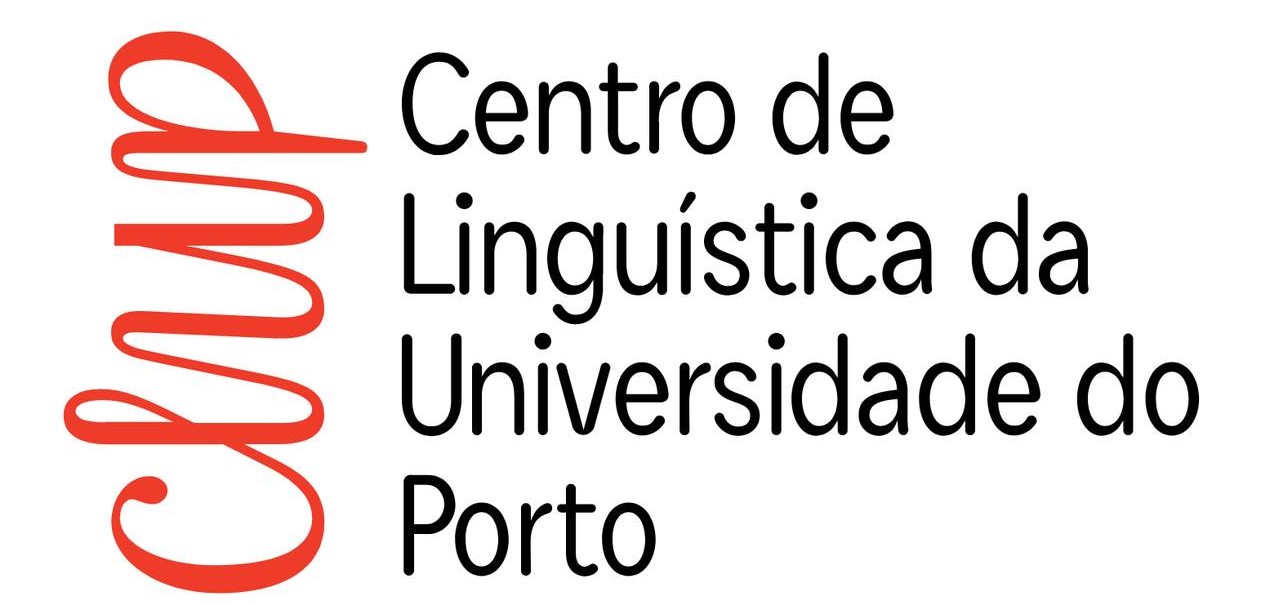

The IHC receives national funding from the FCT—Foundation for Science and Technology, I.P. under projects UIDB/04209/2020, UIDP/04209/2020, LA/P/0132/2020, UID/04209/2025 and LAP/0132/2020 (doi.org/10.54499/LA/P/0132/2020).
All content posted on this site, including text, images, videos, and recordings, is protected by copyright law.
Any unauthorized use, reproduction, or distribution of this material without explicit written permission from the authors is strictly prohibited.
Contact: phoneticslab@uevora.pt
